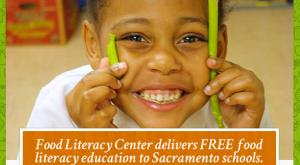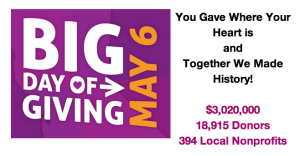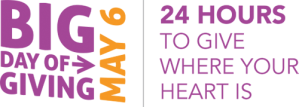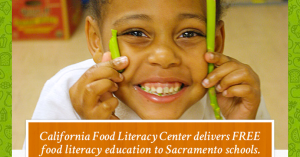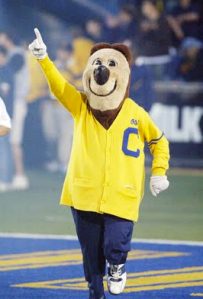
Maybe it’s the H1N1 flu that’s got me thinking about temperatures. Boards vary a lot in their effectiveness. Some are too big to reach consensus, others too small to have the right mix of skills. Some have had so little turnover that they’re hidebound, while others so young and new that they’re deer in the headlights. Some Board silently and don’t rock the boat, while others make speeches rather than foster dialogue.
That said, there are a lot of well meaning and talented people serving on nonprofit Boards. But even good boards can get better.
The early part of the year is a great time to consider fielding a board self-assessment tool. I constructed the one below — this was a paper version though it could easily be set up on Survey Monkey — for a local nonprofit that had added quite a few new members. The tool helped them to determine opportunities for improvement, and resulted in changes to their board agendas and reports. Because they had circulated a similar self-assessment three years before, they were also able to track change.
What questions have you found most helpful to Boards that undertake self-assessments? How have you used the results to foster dialogue and improvements in Board functioning?
Overview: It’s considered a good governance practice for a Board of Trustees to regularly evaluate the work of the Board and the organization. Your answers will help us pinpoint opportunities to improve our governance and the way we work together, to further our important mission!
Instructions: Please circle the item that best represents your response. Where appropriate, please provide added comments in the space provided or on additional paper.
For questions 1-19, the rating key is: 1 = Strongly Disagree (SD) 2 = Disagree (D) 3 = Agree (A), 4 = Strongly Agree (SA) ? = Don’t Know (DK)
Mission, direction and planning
1. [ ] has a clear and important mission.
2. [ ] has a clear set of priorities and direction.
3. The Board has the opportunity to provide input to [ ]’s strategy and priorities.
4. The Board gets enough data and information, of the right kind, to be able to monitor [ ]’s progress towards its mission and strategy.
5. I am confident about [ ]’s financial health and sustainability.
6. The Board has the opportunity to approve [ ]’s annual objectives.
Financial and risk management
7. The Board monitors the financial performance of [ ] including its adherence to the budget approved by the Board.
8. I have a good understanding of the risks facing [ ] and [our category of nonprofit] in general and feel comfortable raising issues to protect the organization and its mission.
9. I have a clear understanding of [ ]’s revenue sources, expenses and liabilities.
Operations
10. I understand how [ ] is structured and staffed.
11. I understand what services [ ] provides, for whom.
12. [ ] has clear policies and guidelines for its operations, to ensure consistency and continuity, and the Board reviews key policies periodically.
Board Role and Communication
13. The Board gets the right amount of good quality information, in a timely manner, for it to fulfill its responsibility to the mission of the organization.
14. The Board gets enough information about [our issue] and [ ]’s services to the community.
15. I understand the roles and responsibilities of the Board of Directors.
16. [ ] makes appropriate use of its Board members’ expertise.
17. There is a healthy back-and-forth of questions and discussion at Board meetings.
18. [ ] calls upon its Board members appropriately, including asking them to give charitably to the organization, and to encourage friends and colleagues to donate.
19. Board meetings are devoted to topics and discussion that are important to the success of the organization.
Board composition and satisfaction
20. The Board has the right mix of skills and experience to support [ ]’s mission. (Yes, No)
21. The Board is getting stronger. (Yes, stronger; No, weaker; Neither, about the same)
22. The demand of my time as a Board member is (Appropriate, Too Much, Too Little)
23. Being a Board member is fulfilling (Yes, No)
24. I would recommend being a member of this Board to others (Yes, No)

